I have seen them all..
When it comes to installing an electric or solar gate automation system, many property owners are eager to enjoy the convenience and security that an automated gate provides. However, one critical aspect that often gets overlooked is the condition of the gate itself. Installing an automation system on a gate that is not in optimal condition can lead to a host of issues, including malfunctions, excessive wear on components, and costly repairs down the line. In this blog, we’ll explore the common problems with gates that are unfit for automation and why it’s essential to address these issues before proceeding with your installation.

Common Gate Problems Encountered Before Automation
As someone who has seen it all in the world of gate automation, I can tell you that the condition of the gate is just as important as the automation system you choose. Here are some of the most common gate issues that I have seen and need attention before you start.
1. Gates Dragging on the Ground
One of the most frequent issues I encounter is gates that drag on the ground when opening or closing. This problem is typically caused by one or more of the following factors:
- Misaligned Hinges: Over time, gate hinges can become misaligned, causing the gate to sag and drag on the ground.
- Uneven Ground: If the ground beneath the gate is uneven, it can create points where the gate makes contact with the surface, leading to dragging.
- Worn Out Gate Posts: Gate posts that are old or have shifted can cause the gate to lose its level alignment, resulting in dragging.
Dragging gates put undue strain on the automation system, leading to premature wear and tear on motors and other components. All gate automation control boards have a stall force system installed for safety reasons, so if the gate drags on the ground the controller often thinks the gate has hit something and will turn off. This is more common than you think. I have seen this over the years and some customers don't see that as an issue. Before installing an automation system, it’s crucial to address this issue by realigning hinges, leveling the ground, or replacing worn-out gate posts.
2. Dry and Old Gate Hinges
Gate hinges are the unsung heroes of any gate system. They bear the weight of the gate and ensure smooth operation. However, when hinges are old, rusty, or dry, they can cause significant problems, including:
- Increased Resistance: Dry or rusty hinges create resistance, making it harder for the automation system to move the gate. This not only strains the motor but can also cause the system to overheat or fail prematurely.
- Noise and Vibration: Poorly maintained hinges can lead to noisy and jerky gate movements, which can be annoying and a sign of impending failure.
Before automating your gate, it’s essential to lubricate and, if necessary, replace the hinges. This will ensure smooth and efficient operation, prolonging the life of your automation system. I once had a customer that was trying to make his gate the most perfect example and remade the hinges himself to have no play or movement at all, and in-fact when I went to see the gate, I could not push the gate because the hinges were so tight the gate would not swing without lots of help. So the controller just turned off everytime he tried to open the gate.
3. Gates Not Level
A gate that is not level is a common issue that can severely impact the performance of an automation system. An unlevel gate can cause:
- Uneven Wear: When a gate is not level, the automation system has to work harder to move the gate, leading to uneven wear on the motor and other components.
- Impaired Functionality: An unlevel gate may not close or open properly, leading to gaps that compromise security or prevent the gate from operating at all. It is common to see gates going up hill to open or uphill to close. Not ideal
Before installing automation, ensure that your gate is perfectly level. This may involve adjusting the hinges, gate posts, or even the gate itself.

4. Old and Weak Gate Posts
Gate posts are the foundation of your gate system. If they are old, rotten, or weak, they can cause a variety of issues, including:
- Structural Instability: Weak or rotting posts can cause the gate to wobble or lean, making it difficult to operate. I have seen round pine gate posts rotate in the ground when the gate is trying to operate.
- Increased Stress on Automation System: A gate that is not properly supported puts extra stress on the automation system, mainly the stainless pins at each end of the motor, leading to premature failure.
It’s vital to inspect your gate posts and replace them if they show signs of weakness or rot. Strong, stable posts are crucial for the longevity and effectiveness of your gate automation system.
5. General Poor Condition
In addition to the specific issues mentioned above, many gates suffer from general neglect. Rust, corrosion, broken or missing components, and other signs of wear and tear can all affect the performance of an automated gate system. These problems can cause:
- Frequent Malfunctions: A gate in poor condition is more likely to malfunction, leading to inconvenience and potentially expensive repairs.
- Reduced Security: A poorly maintained gate is easier to breach, reducing the overall security of your property.
Before automating your gate, take the time to thoroughly inspect it for any signs of wear and tear. Addressing these issues before installation will save you time, money, and headaches in the long run.
The Importance of Gate Maintenance Before Automation
Installing an electric or solar gate automation system is a significant investment, and you want to ensure that your system functions smoothly and reliably. However, if the gate itself is in poor condition, you’re setting yourself up for ongoing problems. Here’s why gate maintenance is crucial before automation:
-
Prolonged Lifespan of Automation System: A well-maintained gate puts less strain on the automation system, leading to a longer lifespan for your motors, sensors, and other components.
-
Reduced Maintenance Costs: By addressing gate issues before automation, you can avoid frequent breakdowns and the associated repair costs.
-
Improved Security and Functionality: A gate that operates smoothly and efficiently provides better security and is more reliable in daily use.
-
Enhanced Aesthetic Appeal: A well-maintained gate not only functions better but also looks better, enhancing the overall appearance of your property.
Conclusion
Before you rush to install an electric or solar gate automation system, take a close look at the condition of your gate. Addressing issues such as dragging, unlevel gates, old hinges, and weak gate posts is essential to ensure that your automation system operates smoothly and lasts for years to come. Investing in gate maintenance before automation is a wise decision that will pay off in the form of improved performance, reduced costs, and peace of mind.
So, before you automate, make sure your gate is in top shape. A strong foundation is key to a reliable and secure automated gate system..Regards Graeme
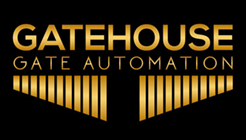
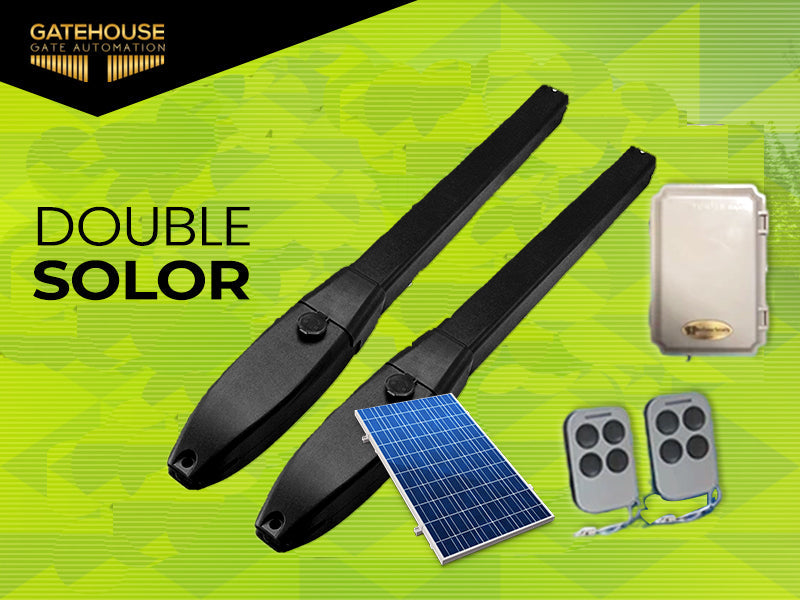
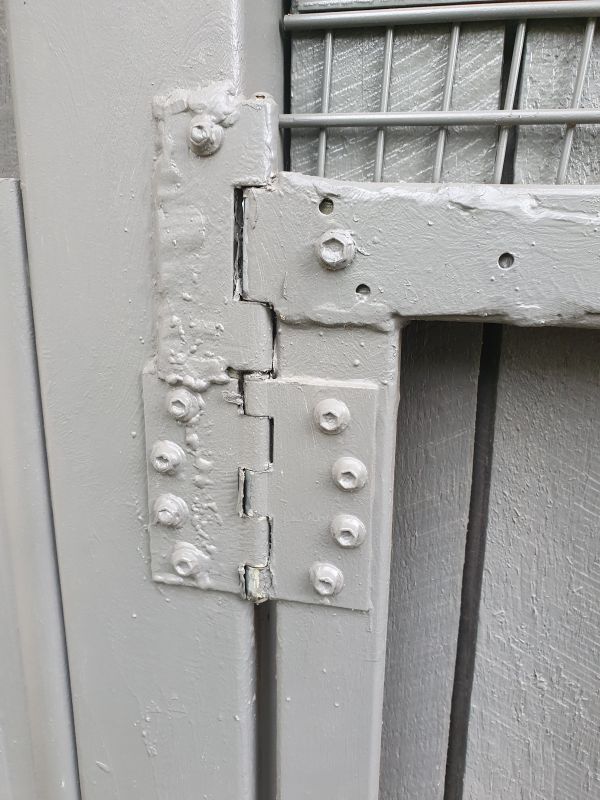
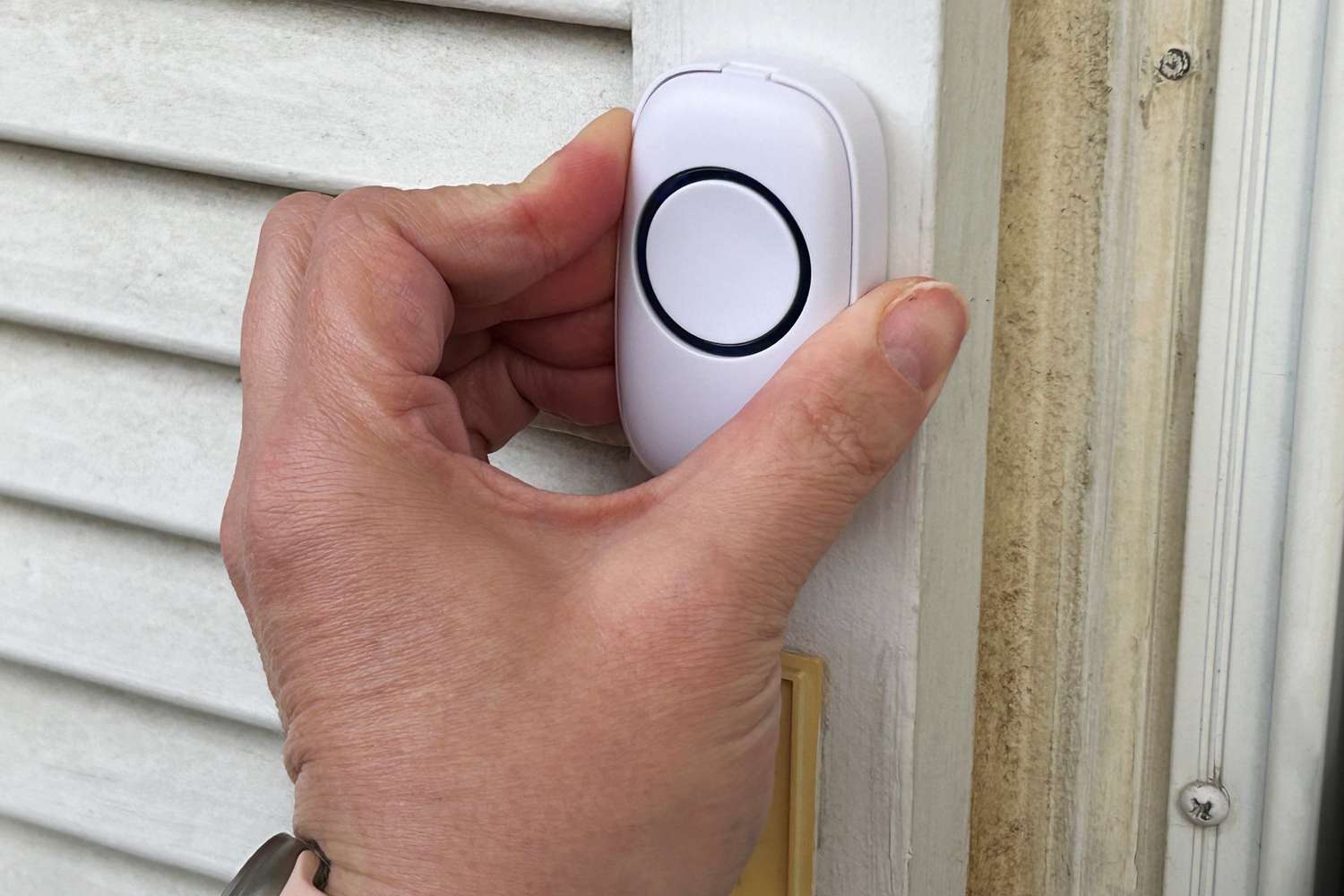
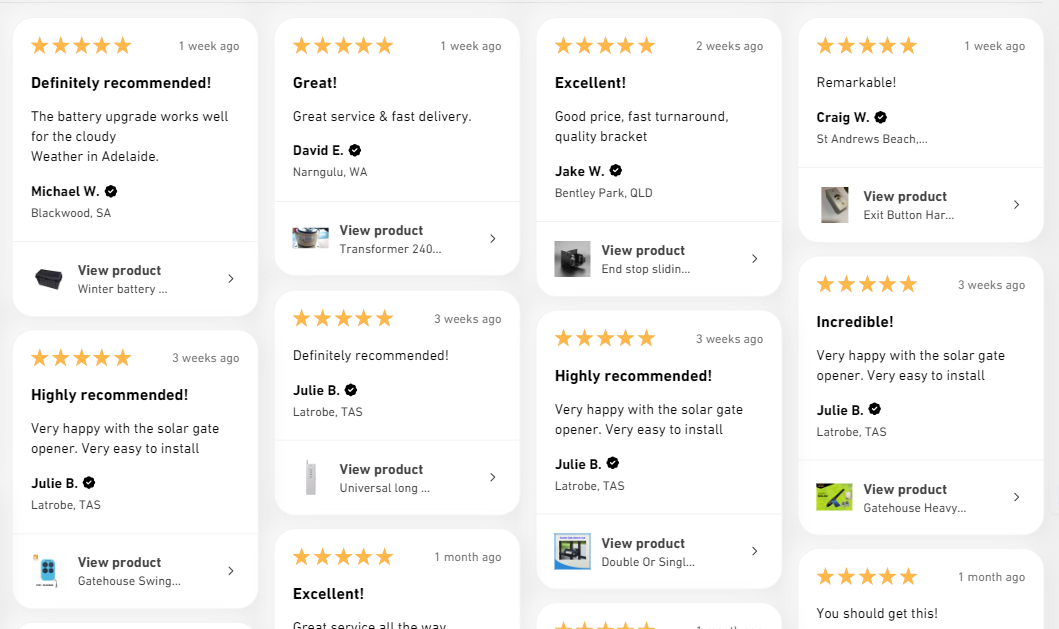
Leave a comment
This site is protected by hCaptcha and the hCaptcha Privacy Policy and Terms of Service apply.